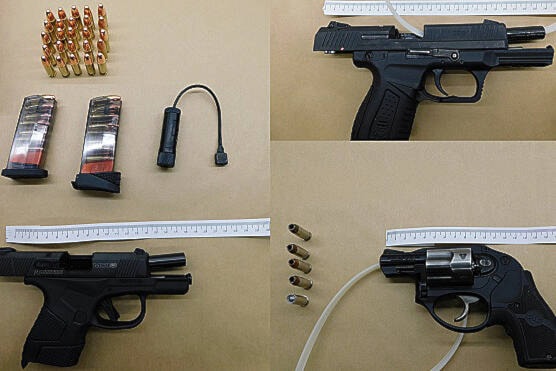Do fewer guns result in fewer shootings?
On one level, the answer is pretty easy to determine.
The United States, with its right to bear arms, versus Canada, with its strict regulations, training, and permitting process for firearms possession, are far apart when it comes to gun deaths.
In 2019, Canada had 0.47 deaths from gun violence per 100,000 people. The United States had 3.96 – more than eight times as many.
Whether gun control – and the related regulations around gun handling – makes a country safer is not in question. It definitely does.
But with the new Liberal handgun sales freeze coming into force, we’re about to enter a new era.
Handguns have long been legal in Canada, albeit under strict conditions.
Of course, the folks who ignore these rules, the local gang members in groups like the Brothers Keepers, Hells Angels, and various lower-level thugs too disorganized to belong to an actual gang, have been killing one another across the Lower Mainland for years.
The gang conflicts and drug dealer turf disputes in B.C. have claimed dozens of lives every year for well over a decade now, not to mention killing several innocent bystanders.
The question for a long time has been, would stricter gun laws here make a difference? And if so, how could we get the maximum efficiency out of any new regulations?
Where do the guns that get into the hands of gangsters come from?
Some may be legal guns that are stolen in break ins.
Others come from “straw purchasers,” folks with clean records and gun permits who sell their handguns to criminals. Related to this category, there have been successful prosecutions of local black market gunsmiths who were “upgrading” semi-automatic weapons, or refurbishing antiques as old as Second World War Sten submachine guns for gangsters.
And finally, of course, there are guns smuggled across the border from the pistol-happy United States.
We don’t know exactly how many of each type of gun wind up in the hands of gangsters.
We’re about to start an experiment in finding out how far gun regulation can go when we live next to one of the most heavily armed nations in the world.
If the new rules work, maybe in combination with better border controls, we can expect to see the gun supply dry up for gangs, at least somewhat.
If not, we may have found the limits of that type of effective gun control. In that case, we’ll have to turn to other avenues – including stricter border controls and cooperation with U.S. authorities.
Like us on Facebook
